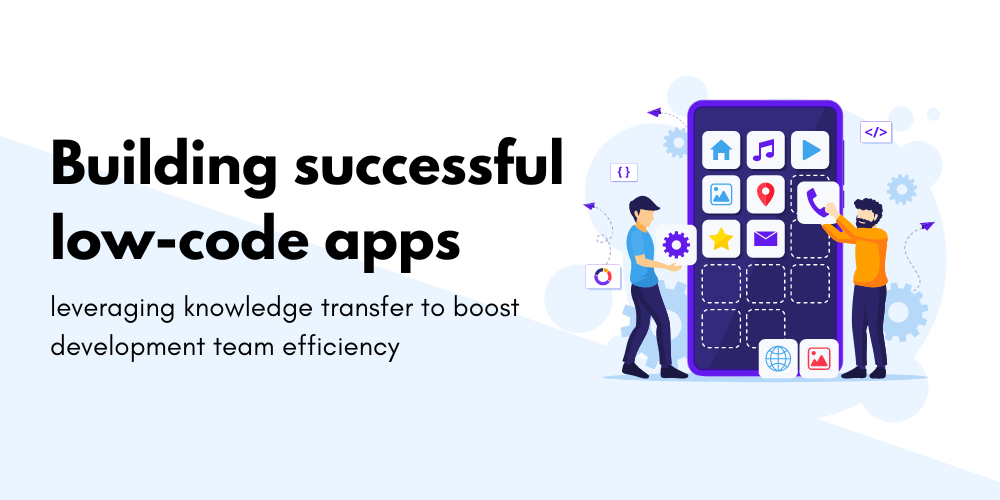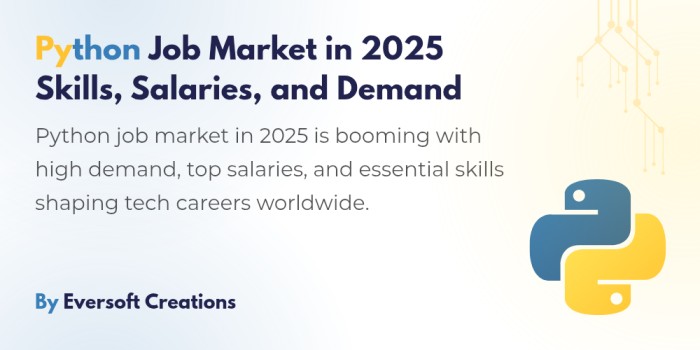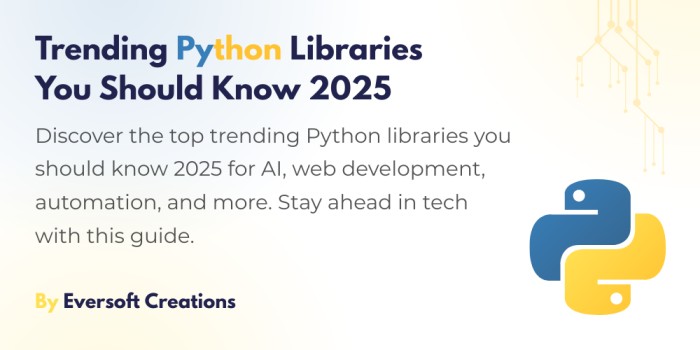Microsoft Power Platform through its low-code platform helps users produce and implement applications without complex obstacles to enhance software development efficiency for every member of a team.
Assessments about application support and bug fixes and feature requests maintenance fall into question as the number of apps being produced increases.
The development of most low-code applications relies on a solitary programmer leading to a breakdown point.
The easy coding descriptions of low-code platforms should not create false impressions that anyone can easily make changes to or solve problems or implement new features in the application. Multiple complexities within low-code solutions create substantial challenges for organizations that use a large number of low-code and no-code dependencies.
The organization should avoid imposing too many restrictions on application development within the low-code system. Through this model stakeholders gain the ability to quickly develop affordable solutions for solving problems that normal development approaches would typically cost a lot of money.
Both organizations and developers require strategic approaches in the low-code development environment. Attention to knowledge transfer must be part of developers’ plans according to their team status.
How to Manage and Reduce Complexity
Microsoft products form the core of development activities as our team builds many low-code systems.
The concept of development process maintainability becomes clear to our team through the experience gained from challenging situations. The team devotes its resources to application support alongside development of capabilities that enable present and future maintenance personnel.
The ability to solve problems quickly using low-code products appeared very appealing initially. Our organization faced trouble with a wide product range and support requirements for present and future employees and support capabilities for these products.
Take Time to Accelerate Progress
Despite running against the principles of low-code development it remains necessary to take regular stops for assessing decision effects on future system sustainability. Your tools will become more sustainable throughout time by implementing this evaluation process.
Building low-code products demands a methodology that does not descend to traditional methods although it requires a view toward steady advancement instead of rushing toward completion.
Pair Programming
Traditional software development methods act as powerful tools for enhancing low-code movement. Pairs work systems that empower collaborative coding prove useful for low-code application development regardless of code quantity needed for the applications.
Building a Power App demonstrates an effective example of the process. The heritage restrictions which confined editing to a single user reveal the necessity of establishing well-disciplined collaborative techniques in a modern environment.
During our development process we implement a “driver-navigator” format which assigns one person responsibility for development alongside another who gives instant recommendations. The approach ensures continuous involvement of all participants and reduces single-mindedness which normally occurs during complicated application development tasks.
The team works in parallel on basic tasks while maintaining constant communication through Teams or Zoom to synchronize components that merge into a unified product.
Application/Code Reviews
Low-code doesn’t mean no code. The development of robust applications becomes challenging when developers exclusively use drag-and-drop applications. Each user must become familiar with Power FX because this proprietary language exists within the Power Apps framework.
Set aside weekly periods to inspect and review colleague-created applications in order to understand their work better. Search for ways to enhance your work and accept constructive feedback about your designs from others.
Pull requests (PRs) serve as the management tool for traditional code projects. New changes to purely low-code applications should be documented followed by a signature approval process to guarantee team member examination.
The new screen that enables users to update personal settings in a Canvas app needs unreviewed documentation before getting approval from at least one other team member.
Involve Other Team Members
The team structure requires that every product maintains at least two involved members to avoid vulnerabilities caused by individual points of failure. Each product needs two members assigned to it; one as primary developer and one as secondary product owner. The secondary role should be regularly assigned to new members to let everyone become familiar with the team’s product line in large teams.
Brand new features and code corrections become team-building opportunities through involvement of secondary members who must work under primary developer supervision. The collaborative approach encourages stakeholders to feel responsible for products which increases their active participation with those products.
Ungrouped work distribution eliminates bottlenecks which results in faster implementation of product improvements and solution of bugs.
When a Hands-On Approach Isn’t Feasible
Many of the previous recommendations exist to increase team participation in their assigned tasks. Better grasp of these projects develops as our involvement progresses.
Standards must exist for handling isolated development which requires single or limited personnel assignments even though direct project interaction proves impossible.
The avoidance of development challenges depends on two fundamental solutions which involve detailed documentation management for our products alongside standard practice application whenever feasible. We need to focus on documentation because it represents the first essential element.
Document, Document, Document
The speed of low-code application development has resulted in an increase of applications that reduces usage of established systems. These touchpoints maintain essential value in knowledge transfer yet they offer insufficient support by themselves.
All aspects of your products require complete documentation regardless of working in a team or as a solo developer. A basic text document functions adequately for brief projects. A SharePoint site stands as the suitable solution for projects that exceed certain scales. When projects become complex the documentation needs to extend to the dependencies including Git repositories.
A conference room reservation application should be properly documented as an illustrative example. This app might include:
- The system includes a CAnvas application designed to enable user booking of conference rooms.
- The custom code system delivers reminder emails to users before their booked time to encourage them to drop their reservations if their meetings get canceled.
- Administrative users have access to reporting features which display time-based analytics and analysis of conference room usage for demand assessment purposes.
Well documented procedures create complete understanding about all product aspects which anyone involved can manage effectively.
The following represents an approach to document this project.
A SharePoint page should function as the projects unified truth source.
- A brief description of the project constitutes the project overview.
- The document provides details about product owners together with lead developers responsible for the project.
- The project features an explanation of its main elements which include both the Canvas app as well as custom code alongside reporting dashboard functionality.
- Documentation records all easily missed elements and non-standard implementation details which this section on standardisation will expand upon.
A SharePoint page provides users with an initial project overview that points toward the correct direction. Within the Canvas app version history users should place their comments and notes although custom code should implement Git functionality and include a detailed README description.
Documenting processes remains essential despite the difficulty it creates in business operations. A detailed documentation needs to provide all necessary information without duplicating the hands-on instructive methods already defined.
Standardise as Much as Possible
In both traditional development and low-code situations organizations need standard practices for successful work. Low-code development requires special attention to standard practices because its high-speed development creates risks of disorganisation.
Organize work procedures through standard practices for the whole project cycle beginning from planning to design afterward to development and testing and finally to team member cross-training.
The implementation of standardisation methods should support current practices in documentation and cross-training rather than disregarding them by creating better efficiency.
When following standardized methods to solve problems it enables you to concentrate on identifying and addressing both non-standard and easily missed elements in your work.
The following questions will lead your standardisation efforts.
- The procedure contains essential phases which need identification of personnel responsible for completing these steps.
- The development process will utilize Power Apps together with Appian and Pega.
- Will your organization maintain traditional programming development strategies together with low-code operation? The development procedure requires more clarity in this scenario.
- You have devised an approach for development. Decision-makers need to decide if they should start with creating the user interface before designing business logic. For your database selection you will use either SharePoint or Dataverse.
- Your code requires conventions for which you must establish rules about screen and variable naming.
- What steps make up the knowledge transfer process for cross-training as well as the implementation of training protocols? Each team member should dedicate specific time slots throughout the week for assessing the work of their peers.
The presented list remains incomplete about the necessary skills for management success. The more experience you accumulate the more new issues that will become apparent to you. The development of a Standard Operating Procedure (SOP) should be your first step but regular updates will be necessary due to growing expertise and changing procedures.
What to Do as a Solo Developer
Despite working independently you should adopt the recommendations since they remain relevant even for solo developers. Creating and sustaining a knowledge-transfer framework becomes essential for the sole developer. Although pair programming and co-development offer challenges in direct application they do hold significant relevant concepts.
Attempting to establish relationships with other developers while getting their opinions about your work. Displaying awareness to network with others provides exceptional benefits for gaining fresh perspectives. The growing importance of AI in programming enables you to use AI tools which help improve your technique development for your projects.
The critical practice of documentation and standardized procedures must be implemented by developers working alone. Future developers use these documents as both references and directions when facing development challenges by themselves.
Conclusion
Applications built with low-code platforms offer remarkable speed and flexibility but they present maintenance problems to the developer. The speed of rapid development create permanent issues which threaten the lasting success of your applications.
Your essential products will find future protection through deliberate speed reduction alongside defined knowledge-transfer approaches. The method creates supportability for applications during present times as well as the upcoming years.
Additional meaningful information and content will be available soon.



